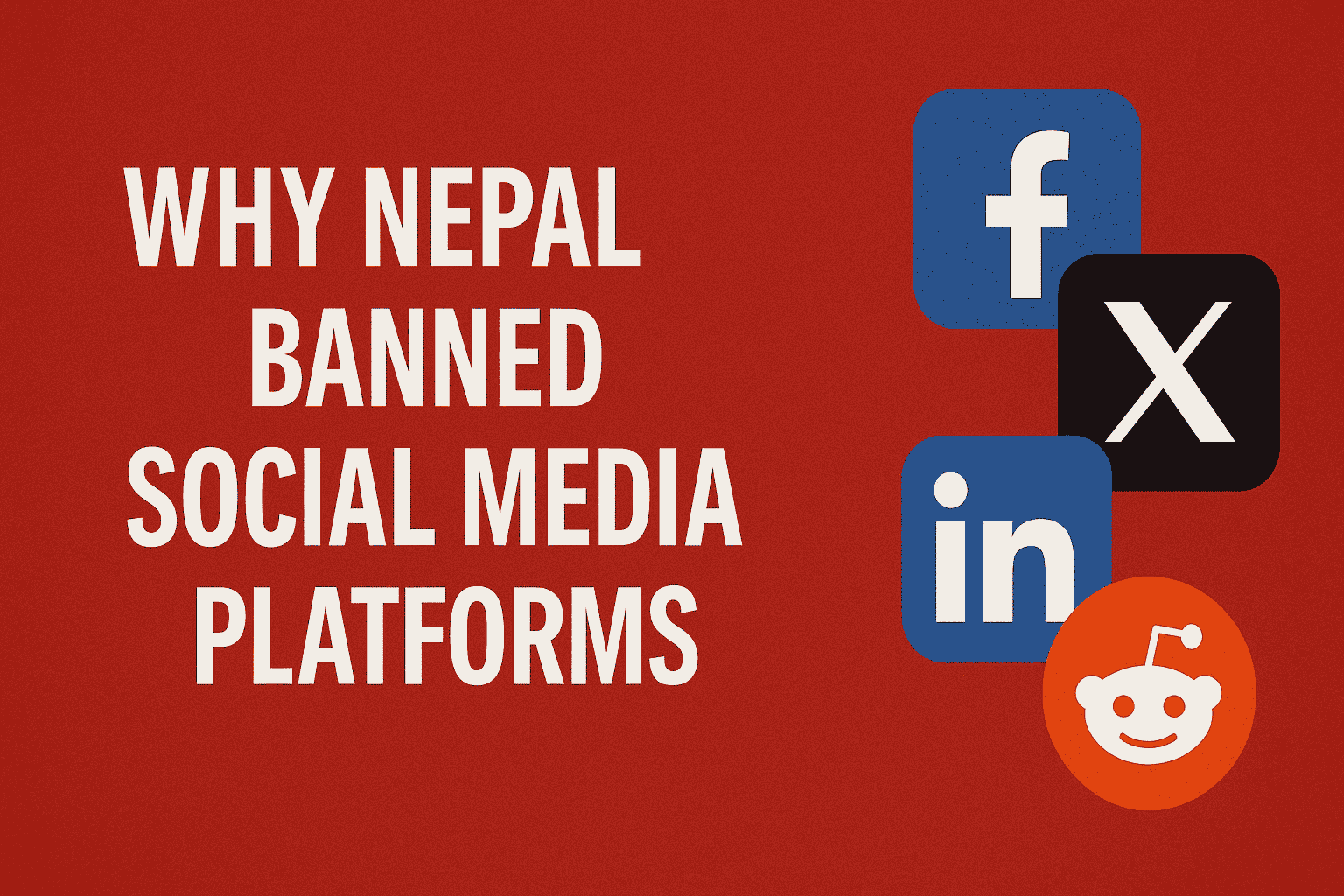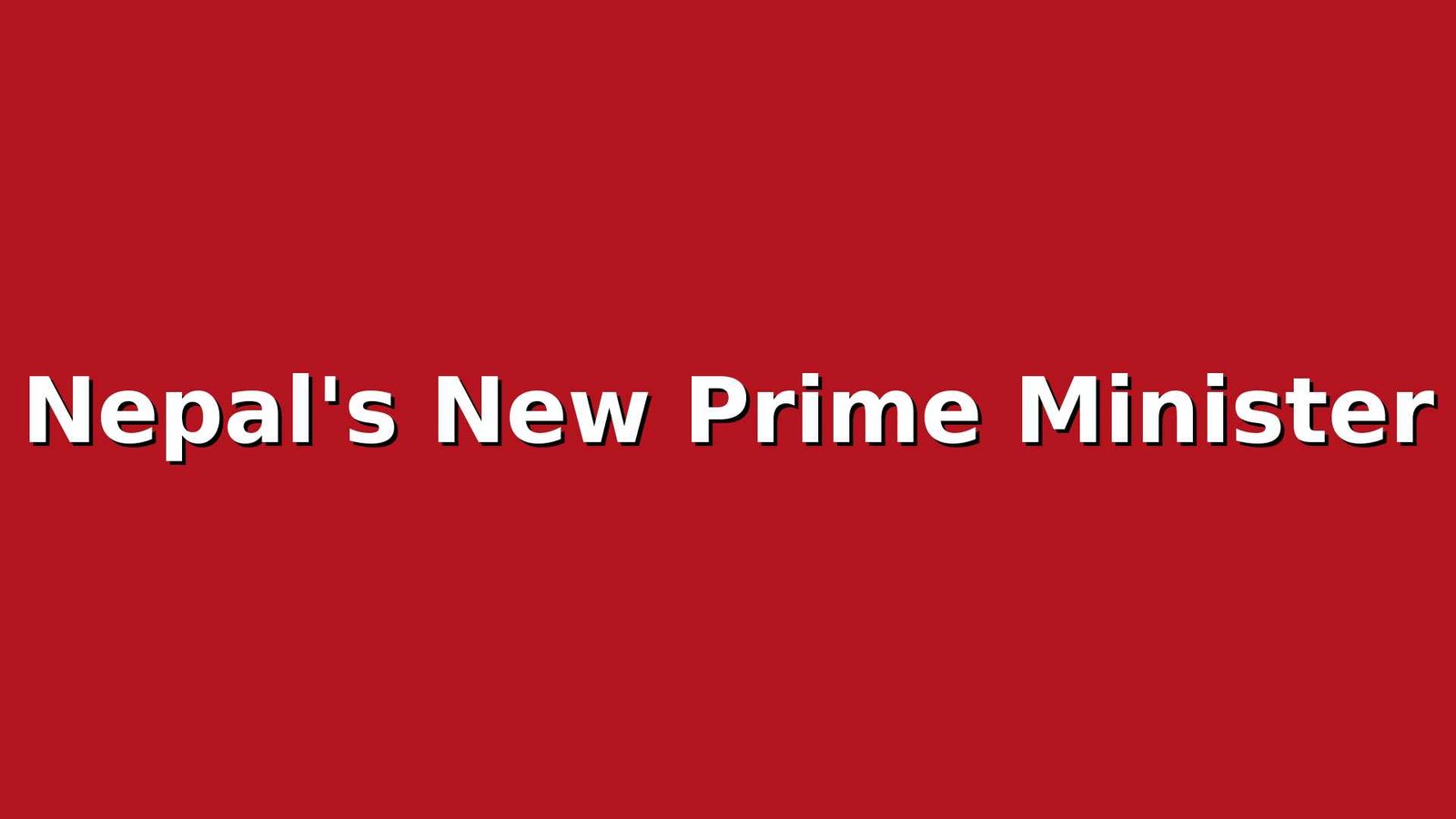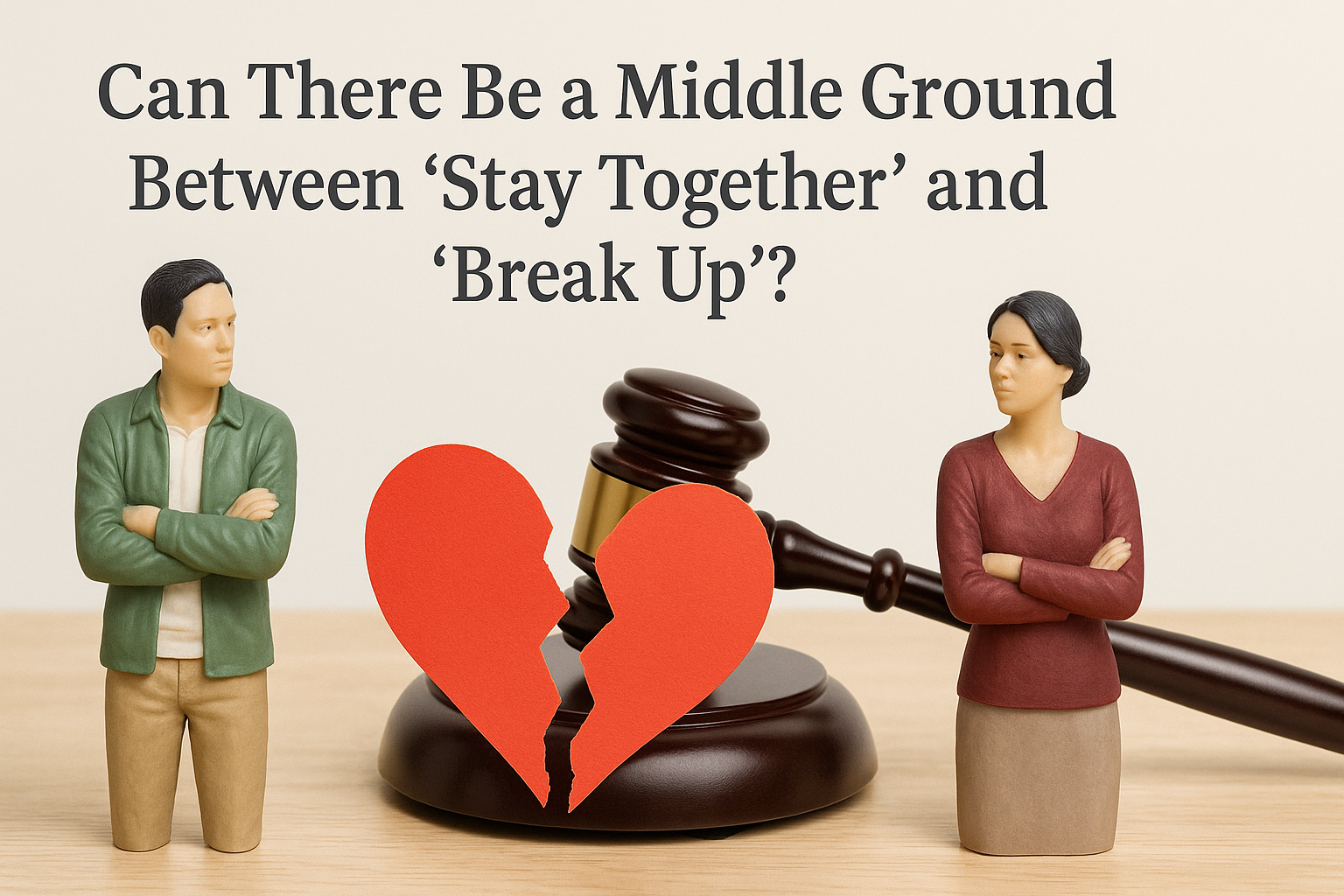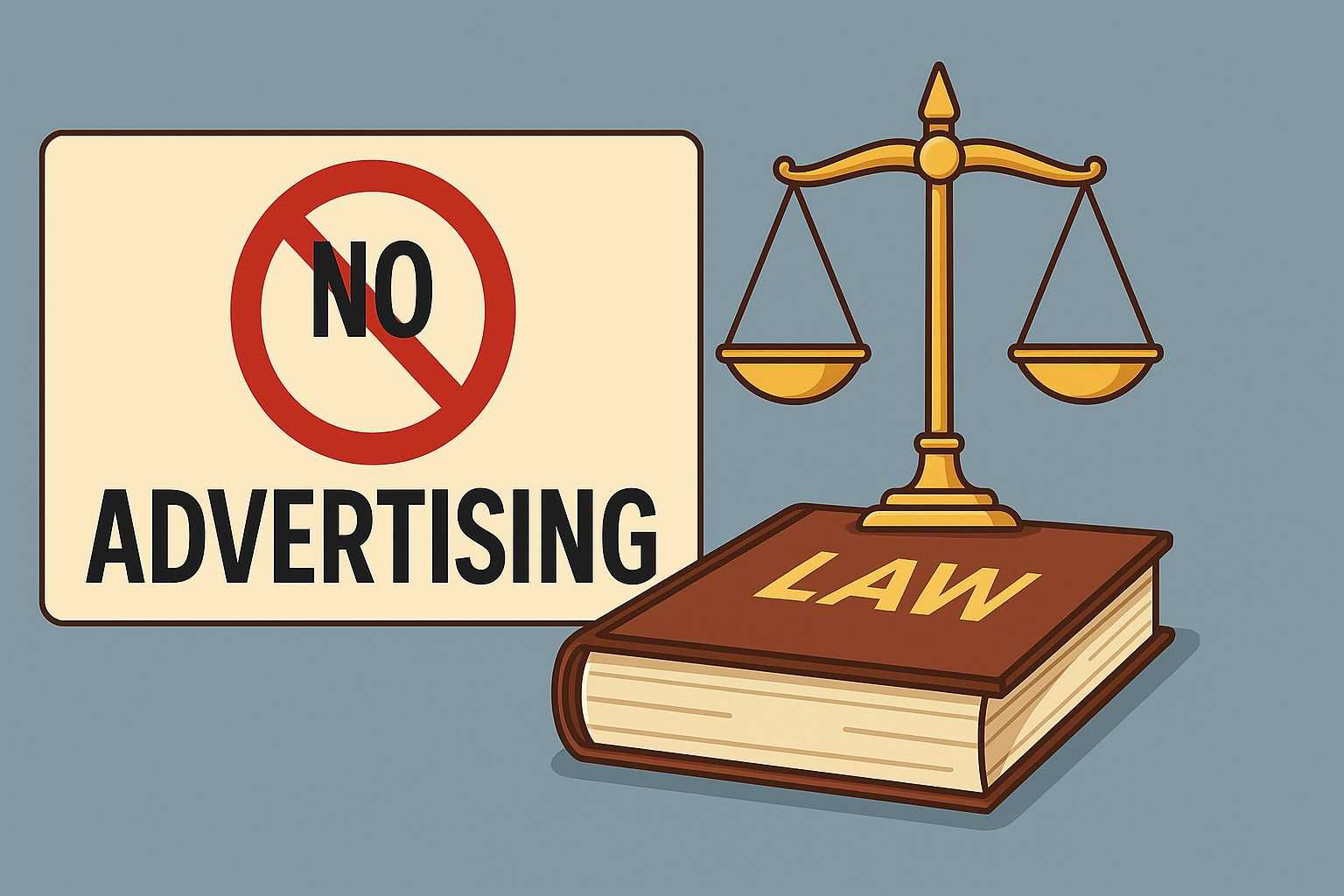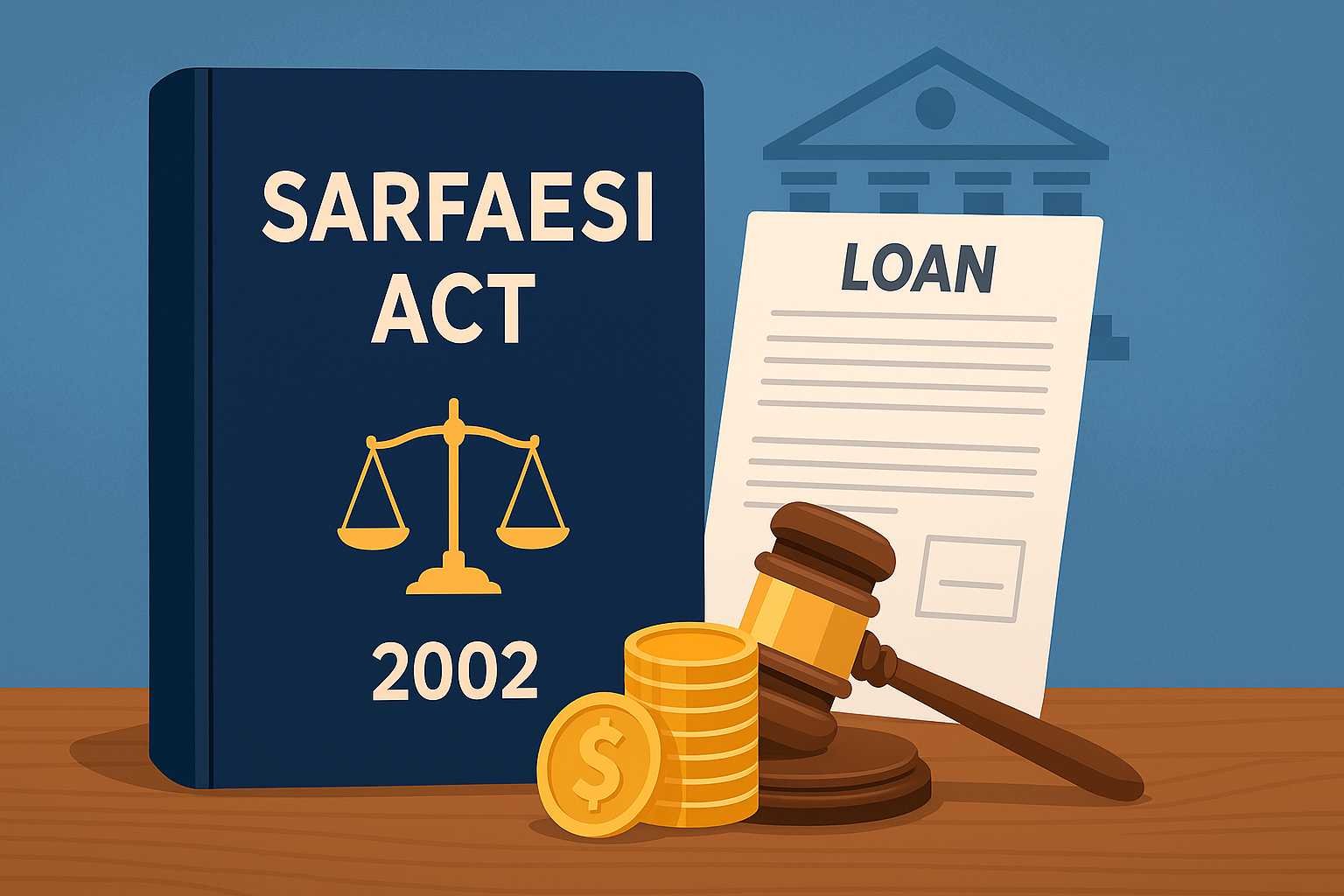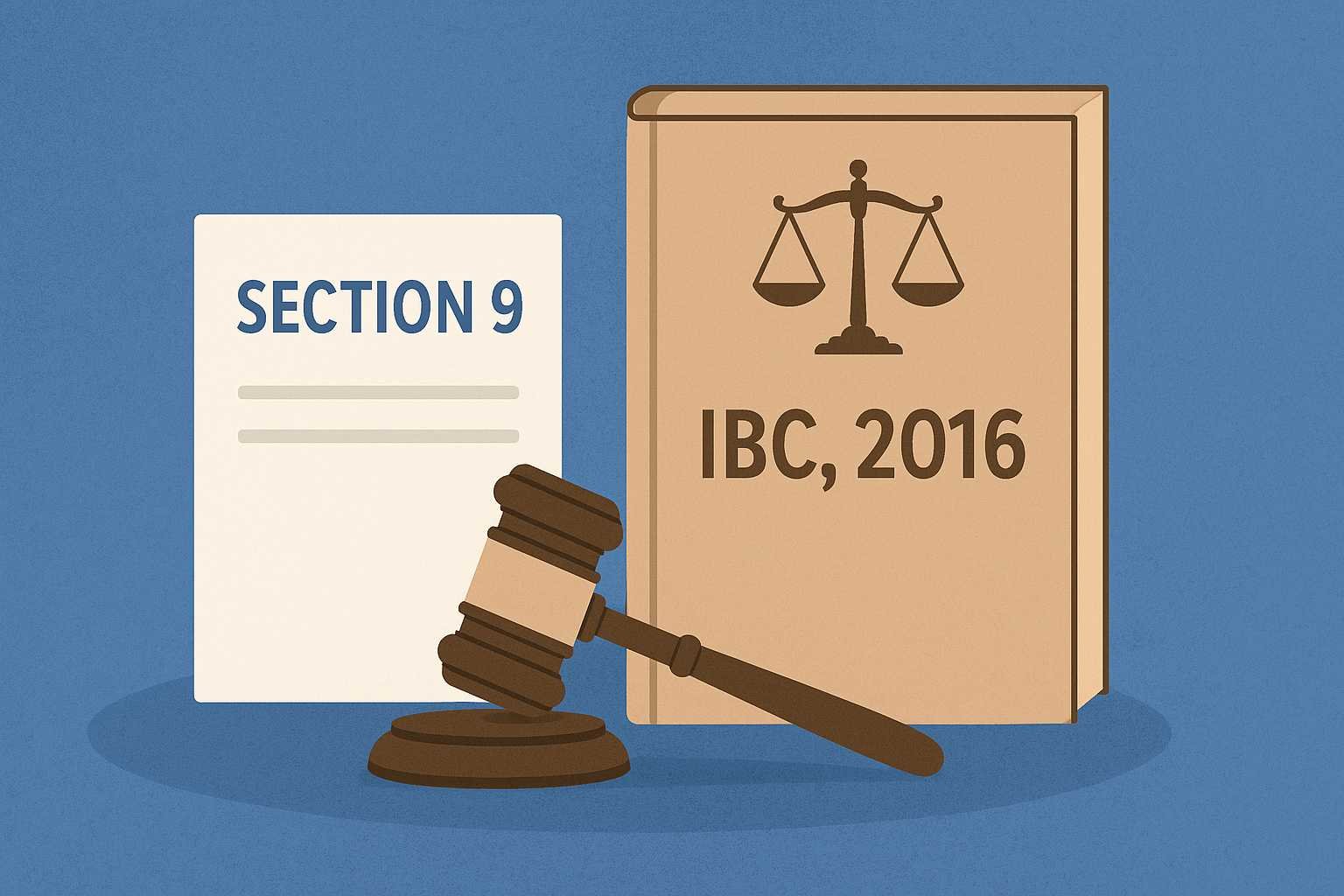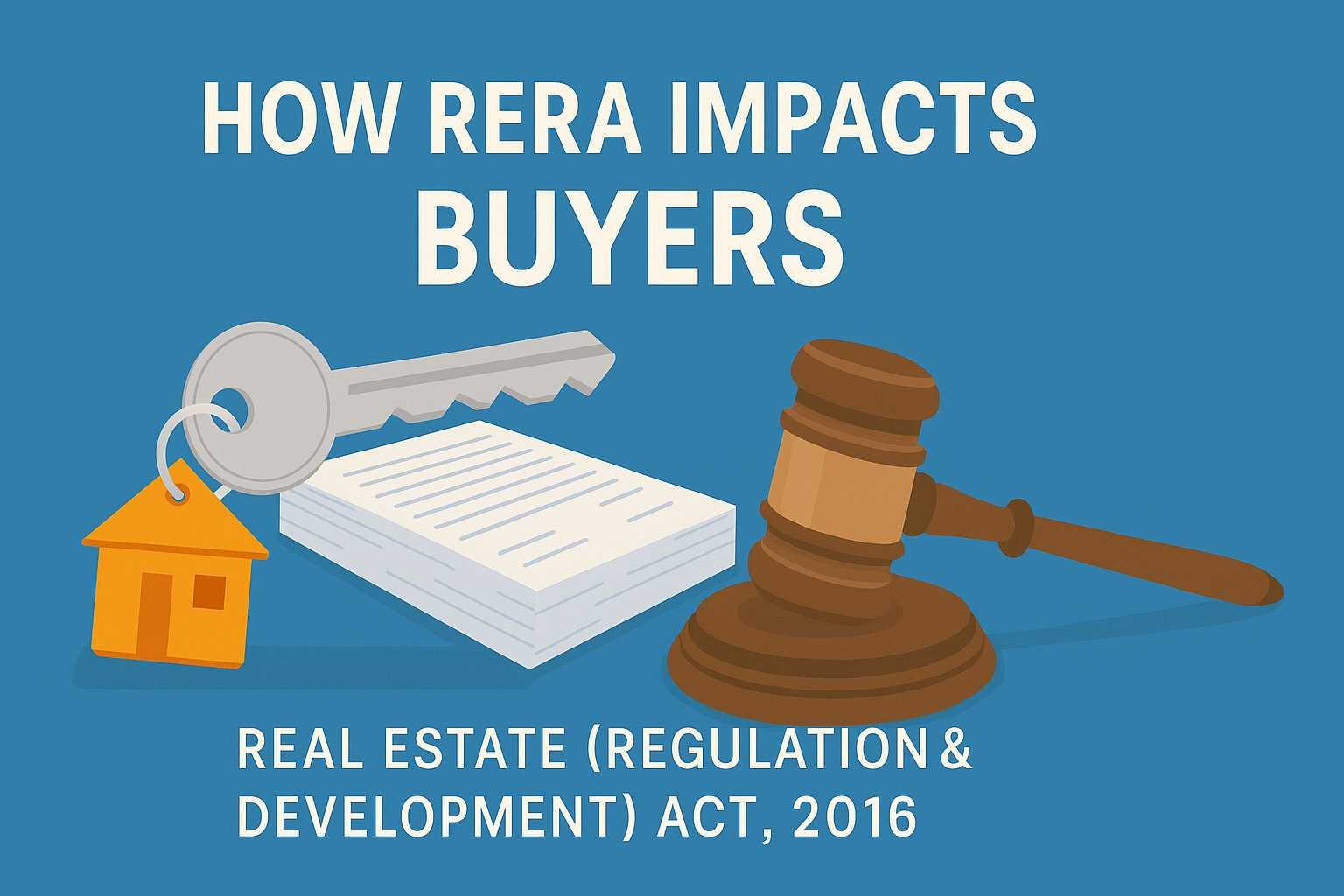On this page you will read detailed information about Why Nepal Banned Social Media Platforms.
In early September 2025, the Nepal government took the dramatic step of blocking access to 26 major social media platforms (including Facebook, X, YouTube, LinkedIn, Reddit, Snapchat, etc.) citing regulatory non-compliance. The decision quickly generated widespread protests—especially among youth (“Gen Z”)—and stirred debate over freedom of expression, governance, and political legitimacy. Understanding why this ban happened involves looking at a mix of legal, political, social, and technological factors.
The Government’s Justifications
Here are the reasons the Nepal government gave for instituting the ban:
- Registration Requirement & Local Liaison Offices
Authorities required all social media platforms operating in Nepal to register with the Ministry of Communication and Information Technology. They also asked platforms to set up a local contact or liaison office (for handling grievances, compliance, etc.). Platforms that failed to register by a certain deadline were threatened with blocking. - Tackling Fake Accounts, Misinformation, Hate Speech, Cybercrime
The government said many unregistered platforms were being misused: fake identities proliferated, misinformation spread freely, content that could incite hatred or violence was posted, and cyber crimes increased. Part of the rationale was that without registration and oversight, these risks cannot be effectively managed. - Ensuring Accountability and National Oversight
The regulatory push is part of a broader effort to impose accountability on social media companies for content shared on their platforms, to make sure they respond to user grievances, and to ensure they are subject to the law of Nepal where they operate. The idea was that platforms should adhere to national regulations rather than operating in a “grey zone.” - Legal Framework and New Bills
The government was preparing (or had introduced) legislative frameworks (social network/social media regulation bills) to formalize oversight. The ban was tied to compliance with those regulations, seen by authorities as necessary to enforce the law.
Criticisms & Underlying Political/Social Drivers
While the government’s stated reasons are legalistic, many critics and analysts see deeper or alternative motives, and point to possible negative implications. Some of these are:
- Curbing Dissent & Silencing Critics
Many believe the ban was a move to suppress criticism, especially from younger people using social media to highlight corruption, nepotism, and elite privilege (for example, the so-called “Nepo Kid” trend). By shutting down platforms, the government curtailed public discourse and protest organization. - Political Instability & Pressure from Youth
There was rising frustration among the youth in Nepal over unemployment (especially among younger age groups), economic inequality, and the gap between elite displays of wealth and ordinary citizens’ living conditions. Social media had become an outlet for organizing, airing grievances, and mobilizing. The ban came at a time when this kind of mobilization was particularly threatening to the status quo. - Symbolic Legitimacy & State Authority
The government may also have seen the push as a test of its authority—if it could force compliance from foreign tech companies and control digital public spaces, that would reinforce institutional power. It reflects a global trend of governments seeking to regulate and sometimes restrict digital platforms under national sovereignty, security, or cultural grounds. - Concerns Over Social Harmony
Some officials claimed that unregulated online content was harming “social harmony” (i.e. peace, mutual respect, cohesion). Whether that meaningfully justifies a sweeping ban is highly contested.
What Actually Happened: Protests, Responses, Reactions
The ban did not occur in a vacuum; its effects were immediate and dramatic.
- Nationwide Protests
The ban triggered large protests, especially among younger people, who saw this as an attack on their freedoms. Demonstrations took place in Kathmandu and other cities. - Violent Clashes, Casualties, and Political Fallout
Authorities’ attempts to enforce curfews and use force led to deaths (at least 19 protestors) and many injuries. The Prime Minister KP Sharma Oli later resigned amid the unrest. - Ban Lifted
After the protests gained momentum, the government reversed the ban on many of the platforms. - Broader Debate on Legislation & Free Speech
Much public and international criticism followed, especially from rights groups, calling the regulation proposals tools for censorship. Questions were raised about constitutional rights to freedom of speech, whether the government had overstepped its mandate, and whether the laws would be enforced transparently.
In the previous post, we had shared information about Navigating the Journey: A Guide to Migrant, Asylum Seeker, Immigrant and Refugee Rights, so read that post also.
Implications & Lessons
The ban illuminated several lessons about digital governance, civic expectations, and political risk:
- Digital Platforms as Double-Edged Swords
On one hand, platforms let citizens expose injustice; on the other, governments see them as sources of disorder (misinformation, hate speech). Balancing freedom and regulation is tricky. - Regulatory Clarity & Transparency Are Critical
Laws dealing with social media must clearly define obligations, timelines, and oversight mechanisms. Vague or rushed legislation risks backlash. - Youth as Political Force
In Nepal, young people aren’t just passive consumers—they are active agents. Attempts to curtail their communication tools can provoke strong resistance, especially when combined with existing frustration over governance, corruption, and inequality. - International Norms, Human Rights
Actions like bans touch on constitutional rights and international human rights norms (freedom of expression, right to information). When governments impose restrictions, the question becomes whether such restrictions are necessary, proportionate, and in line with law. - Long-Term Trust & Legitimacy
Even if short-term security or control goals are met, heavy-handed measures may erode public trust. Governments risk harming their legitimacy if citizens feel their rights are unjustly compromised.
Conclusion: Not Just a Ban, But a Signal
The Nepal social media ban was more than a regulation enforcement measure; it was a signal — to social media companies, to young people, to political opponents — about who controls the narrative. While the government cited legitimate concerns about misuse of platforms, in practice the ban showed how quickly legal regulation can turn into what many perceived as suppression of dissent.
For Nepal, the episode forced a reckoning with how digital spaces, youth aspirations, corruption, and state power intersect. For citizens, it underscored that in a connected age, restricting digital tools is rarely just about the tools—it’s about whose voices get heard.
Disclaimer
The information and services on this website are not intended to and shall not be used as legal advice. You should consult a Legal Professional for any legal or solicited advice. While we have good faith and our own independent research to every information listed on the website and do our best to ensure that the data provided is accurate. However, we do not guarantee the information provided is accurate and make no representation or warranty of any kind, express or implied, regarding the accuracy, adequacy, validity, reliability, availability, or completeness of any information on the Site. UNDER NO CIRCUMSTANCES SHALL WE HAVE ANY LIABILITY TO YOU FOR ANY LOSS OR DAMAGE OF ANY KIND INCURRED AS A RESULT OR RELIANCE ON ANY INFORMATION PROVIDED ON THE SITE. YOUR USE OF THE SITE AND YOUR RELIANCE ON ANY INFORMATION ON THE SITE IS SOLELY AT YOUR OWN RISK. Comments on this website are the sole responsibility of their writers so the accuracy, completeness, veracity, honesty, factuality and politeness of comments are not guaranteed.
So friends, today we talked about Why Nepal Banned Social Media Platforms, hope you liked our post.
If you liked the information about Why Nepal Banned Social Media Platforms, then definitely share this article with your friends.

